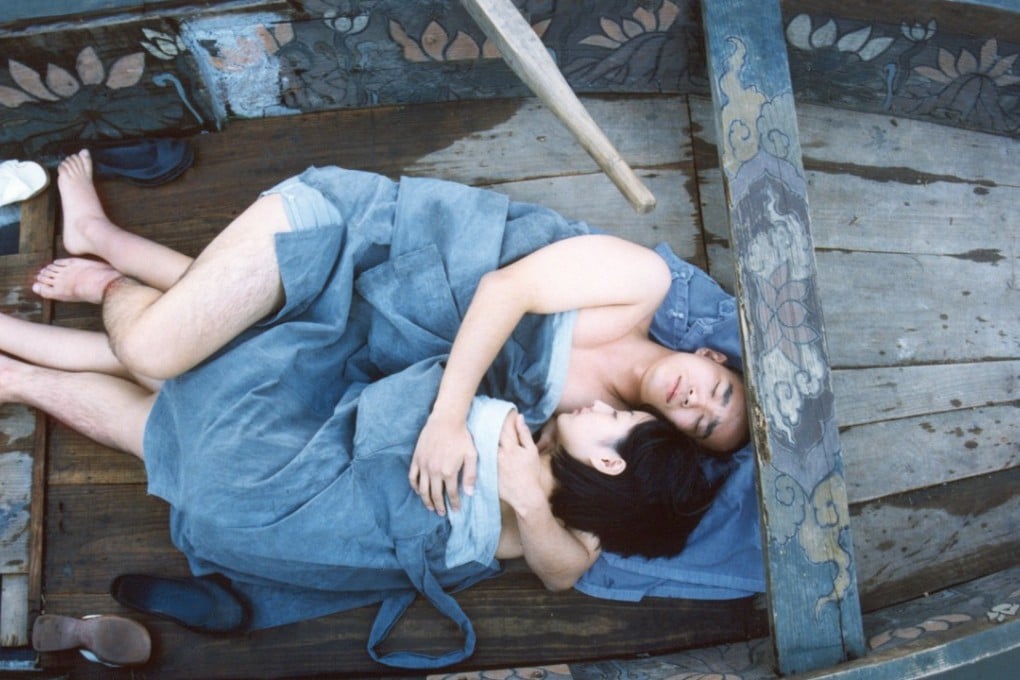Flashback: Spring, Summer, Fall, Winter … and Spring (2003) – Kim Ki-duk’s Buddhist fable a landmark of South Korean cinema
With its subtle Christian overtones, the filmmaker’s mature take on the classic Buddhist cinema won plaudits overseas but failed to win over its home audience

South Korean writer-director Kim Ki-duk was one of the filmmakers who brought the country’s then-booming cinema scene to international attention during the late 1990s and early 2000s, winning praise at festivals such as Cannes and Berlin.
South Korea has a long history of films about Buddhism, ranging from the instructional to the esoteric. Kim’s film fits squarely inside this tradition, although it takes a different approach to the subject matter. In place of the calmness and spiritual reflection that often dominate such films, he focuses on the brutality and irrationality of human existence that act as obstacles to enlightenment.
Although his characters are contemplative, they are riven with lust, jealousy and sadism. It’s an unusually mature take for a film dealing with religion, and it did not sit well with everybody. The focus on redemption through suffering, penance and forgiveness, rather than a rejection of the physical world, gives the film a Christian aspect, which may explain its success in the West.